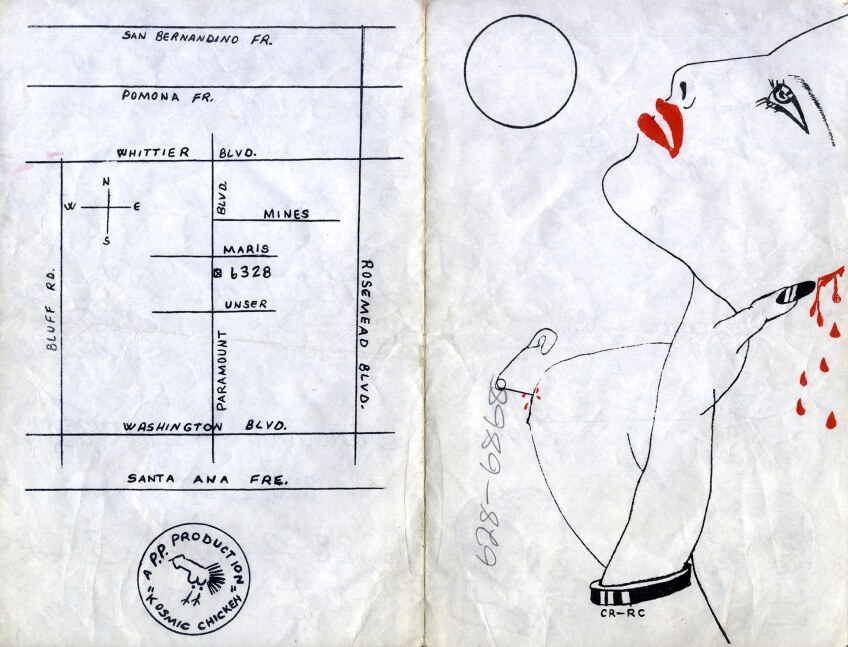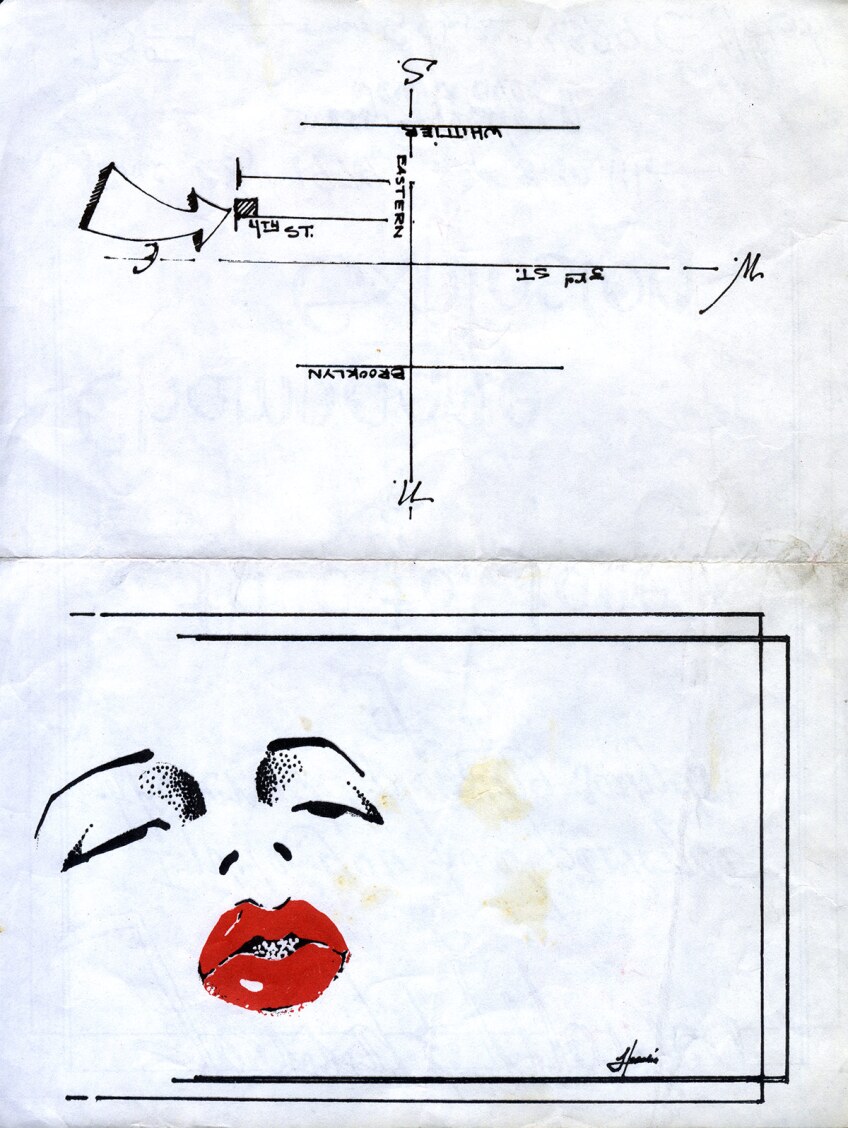Backyard Parties | 1970s: Temporary Discothèque

This is part of a series on backyard parties. Read More:
A Brief History of DJ Culture in Southern California
1980s: East L.A.'s DJ Culture
1990s: Party out of Bounds
2000s: Post-Backyard
Text by Gerard Meraz
The early pioneers of Eastside DJ culture were a new breed of aficionados that innovated a paradigm for dance-based entertainment. They utilized hand-drawn and linotype-made flyers that promoted their DJ names and events to an audience that would make them minor celebrities for providing nightclub environments in backyards, halls and restaurants.
DJs like Face to Face, Ultimate Crave, Disco Express, Brittania and many others would compete to have the biggest sound and light shows at the biggest parties. They mixed professional, club quality audio equipment and lights, as well as home-constructed speakers and light controllers.
Around the DJs a network of promoters with names like Cowboy Productions and Valentino Productions helped form a network that provided a fashion, money, fans and dancers for the burgeoning scene. Some of these promoter crews supported their own DJ exclusively, and others supported or hired DJs that would spin at promoter-organized parties. This first generation of Eastside DJs began the process of innovating the mixing of records on turntables, and presented the idea of where DJ based entertainment could and would become.
'70s Mix: John Guzman of Face to Face was one of the first generation of DJs in the Eastside of Los Angeles that helped form what would become one of the biggest regional subcultures in Southern California history. Eastside DJ culture had its own fashions, music styles and attitudes that were organic to the area and developed from the milieu of growing up bilingual, in an place where a minority was the majority.
Additional Videos
'70s Party Revisited
'70s Flyers







'70s Scene Gallery
Original founding member Rees Escalante provides a virtual walkthrough of the earlier types of setups and technology that Ultimate Crave offered.
















Gerard Meraz is the author of An Oral History of DJ Culture From East Los Angeles.